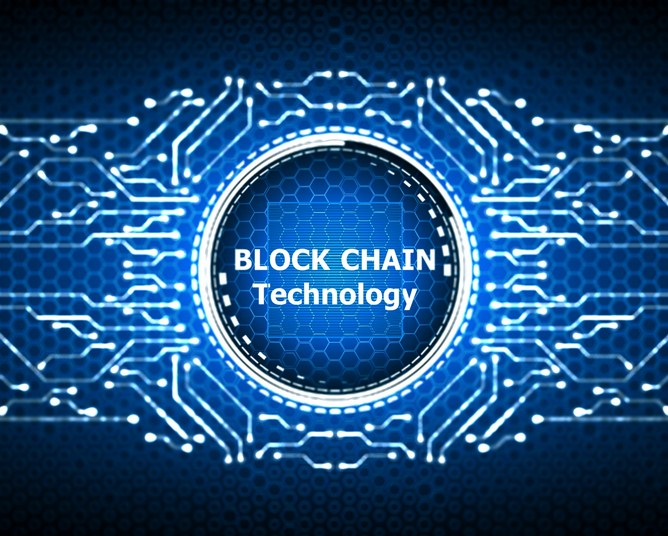How Blockchain is Revolutionizing Digital Assets Management

Blockchain technology revolutionizes digital asset management by offering a decentralized, transparent, and secure solution. This decentralized approach transforms digital asset storage, trading, and management, reducing inefficiencies, security vulnerabilities, and high costs.
1. Increased Security and Transparency
One of the biggest challenges in digital asset management is ensuring security. Traditional systems are often centralized, making them vulnerable to hacking, fraud, or data loss. Blockchain technology addresses these concerns by providing a decentralized and transparent ledger where all transactions are recorded immutably. Once a transaction is added to the blockchain, it cannot be altered or deleted, significantly reducing the risk of tampering or fraud.
Blockchain’s transparent nature also allows for enhanced auditing and accountability. Every transaction or asset movement is verifiable, creating a clear audit trail accessible to all parties involved and reducing the chances of mismanagement or disputes.
2. Elimination of Intermediaries
In traditional asset management systems, intermediaries like brokers, lawyers, or banks are often required to facilitate transactions, adding complexity and cost to the process. Blockchain eliminates the need for these intermediaries by enabling peer-to-peer transactions through smart contracts.
Smart contracts are self-executing contracts with terms directly written into code. These contracts automatically enforce the terms of an agreement, ensuring that both parties fulfill their obligations without needing third-party oversight. This reduces transaction costs and speeds up the process, making digital asset management more efficient and cost-effective.
3. Tokenization of Assets
One of the most significant ways blockchain is revolutionizing digital asset management is through asset tokenization. Tokenization refers to converting physical or digital assets into blockchain-based tokens that can be traded or managed digitally. These tokens represent anything from real estate and artwork to intellectual property and cryptocurrencies.
Tokenization allows for fractional ownership, meaning that multiple parties can own a portion of an asset. This opens up new investment opportunities and enhances liquidity, especially in traditionally illiquid markets like real estate or fine art.
Conclusion
Blockchain transforms digital asset management by providing enhanced security, transparency, and efficiency. With its ability to eliminate intermediaries, offer secure peer-to-peer transactions, and enable tokenization, blockchain technology is poised to revolutionize how we manage, trade, and store digital assets. As the technology continues to evolve, more industries will likely adopt blockchain-based solutions, further reshaping the future of digital asset management.
#BlockchainTechnology #DigitalAssets #AssetManagement #Tokenization #SmartContracts #Decentralization #BlockchainSecurity #CryptoAssets #BlockchainRevolution #DigitalTransformation

